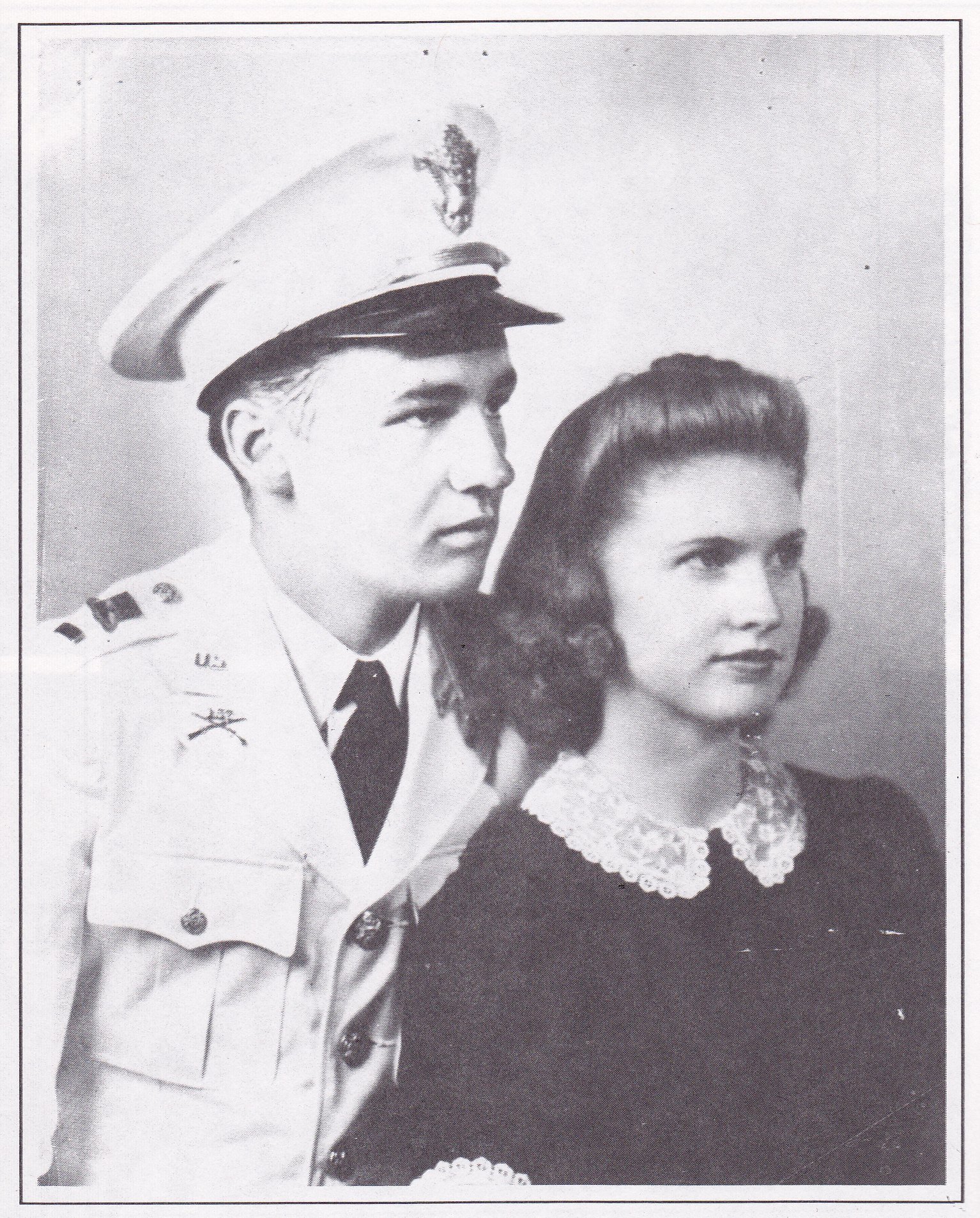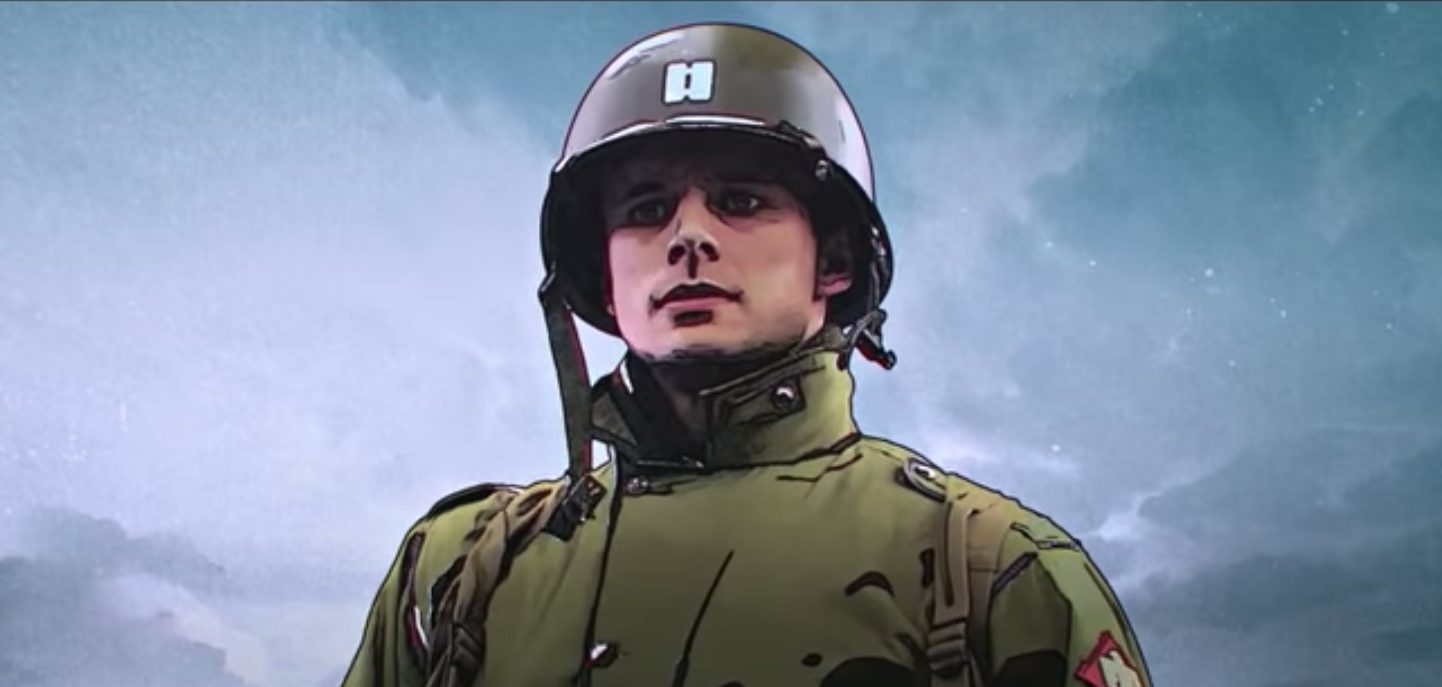The Second World War is perhaps the most well-documented conflict in human history. Aside from scholarly productions, there have been countless books, TV shows, and films on the subject. And yet, numerous little-known accounts of incredible bravery and honor exist that remain unexplored. The prospect of ‘The Liberator’ being one such account is amazing in itself.
The story of Felix Sparks (Bradley James) and his E Company, 157th Infantry Regiment, has all the ingredients to be a great fictional tale, and that’s precisely what makes the notion of it being a true story appealing. Let’s look at the evidence to figure out the truth of the matter.
The Forgotten Soldiers Behind The Liberator
Yes, ‘The Liberator’ is based on a true story. It uses the 2012 non-fiction book, ‘The Liberator: One World War II Soldier’s 500-Day Odyssey’ by Alex Kershaw as the basis of its screenplay, which was written by Kershaw and Jeb Stuart, the creator of the series. Both the book and the miniseries give mostly-accurate accounts of what happened to Sparks and his men.

In 1940s America, society was as segregated as ever. However, with the advent of World War II, the American establishment learned that they needed soldiers from all races to win the war. Subsequent recruitment began from various minority communities. The miniseries offers some information about Sparks’ past before his introduction to his future subordinates. It transports back in time to the Great Depression, when Sparks is seen struggling like everyone else.
He ends up in San Francisco, where an army recruiter gives him a sandwich and promises him a regular supply of it if he enlisted. In the very first meeting between Sparks and Samuel Coldfoot (Martin Sensmeier), Able Gomez (Jose Miguel Vasquez), Joe Hallowell (Bryan Hibbard), and others, it becomes pretty clear to his men that he is unlike any other C.O. they have ever known. Sparks harbors no prejudice whatsoever against men who don’t look like him and leads his soldiers by example.
Under Sparks’ leadership, they become the best squad in the camp. After the war breaks out, his unit sees combat in Italy, France, and Germany. He becomes involved in Operation Huskey or the Allied Invasion of Sicily. Sparks’ unit, made up of Native Americans, Mexican Americans, and Dust Bowl cowboys, quickly garners a reputation for their bravery and effectiveness. He sustains serious injuries during this campaign and is told that the war is over for him.
Disregarding the doctor’s warnings, Sparks goes back to the front and reunites with his men. According to history, he was the only person in his unit to survive the Battle of Anzio, but the miniseries shows Coldfoot and Gomez also surviving the campaign. The series correctly depicts Sparks’ involvement in Operation Dragoon and his courageous rescue of several wounded soldiers in the mountains near Neustadt, Germany. The series does skip the Battle of the Bulge but depicts the Battle of Aschaffenburg in harrowing detail.
As the series portrays, the city’s defenders hanged a few people to force compliance from the citizens. Ultimately, realizing how hopeless their situation is, Major Emil Lamberth surrendered to Sparks in April 1945. For the most part, the series accurately shows Sparks and his men’s experiences in the Dachau concentration camp, including the shooting. According to his own account, when he heard the gunshots, he ran toward where the POWs were being kept and kicked the gunner away.
Although he claimed that the prisoners were trying to get away, Sparks didn’t believe him. This resulted in the hearing and the subsequent conclusion of his tenure in the frontlines of the war. Sparks eventually returned home and reunited with his wife, Mary. The couple spent the rest of their lives in Colorado, where Sparks died in September 2007.
Read More: The Liberator Ending, Explained


You must be logged in to post a comment.